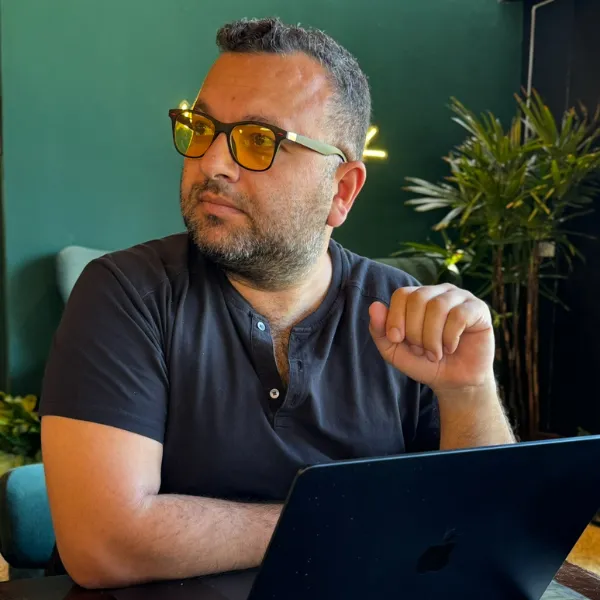Ulas Bagci

Abstract
In this presentation, I will discuss our experience in tackling one of the most challenging issues in pancreatic imaging: estimating cancer risk through the analysis of pancreatic cysts using artificial intelligence (AI). Specifically, I will focus on intraductal papillary mucinous neoplasms (IPMNs), which have the potential to progress into pancreatic cancer. AI-based explainable analysis of the pancreas imaging (MRI)—which includes the segmentation of pancreatic tissue (a challenging task in itself), localization of IPMN cysts, and assessment of their risk of malignancy—emerges as a highly promising strategy to challenge and potentially enhance existing clinical guidelines. I will present the methods we have developed in my group to address this problem and introduce the dataset we have collected and recently shared publicly to facilitate reproducible and collaborative research.
Speaker’s Bio
Dr. Ulas Bagci is an Associate Professor (with tenure) at the Northwestern University’s Radiology and Biomedical Engineering Department at Chicago. His research interests are artificial intelligence, machine learning and their applications in biomedical and clinical imaging. Dr. Bagci has more than 250 peer-reviewed articles on these topics. Previously, he was a staff scientist and lab co-manager at the National Institutes of Health’s radiology and imaging sciences department, center for infectious disease imaging. Dr. Bagci holds two NIH R01 grants (as Principal Investigator) and serves as a steering committee member of AIR (artificial intelligence resource) at the NIH. Dr. Bagci also serves as an area chair for MICCAI for several years and he is an associate editor of top-tier journals in his fields such as IEEE Trans. on Medical Imaging, Medical Physics, and Medical Image Analysis. Prof. Bagci teaches machine learning, advanced deep learning methods, computer and robot vision, and medical imaging courses. He has several international and national recognitions including best paper and reviewer awards.